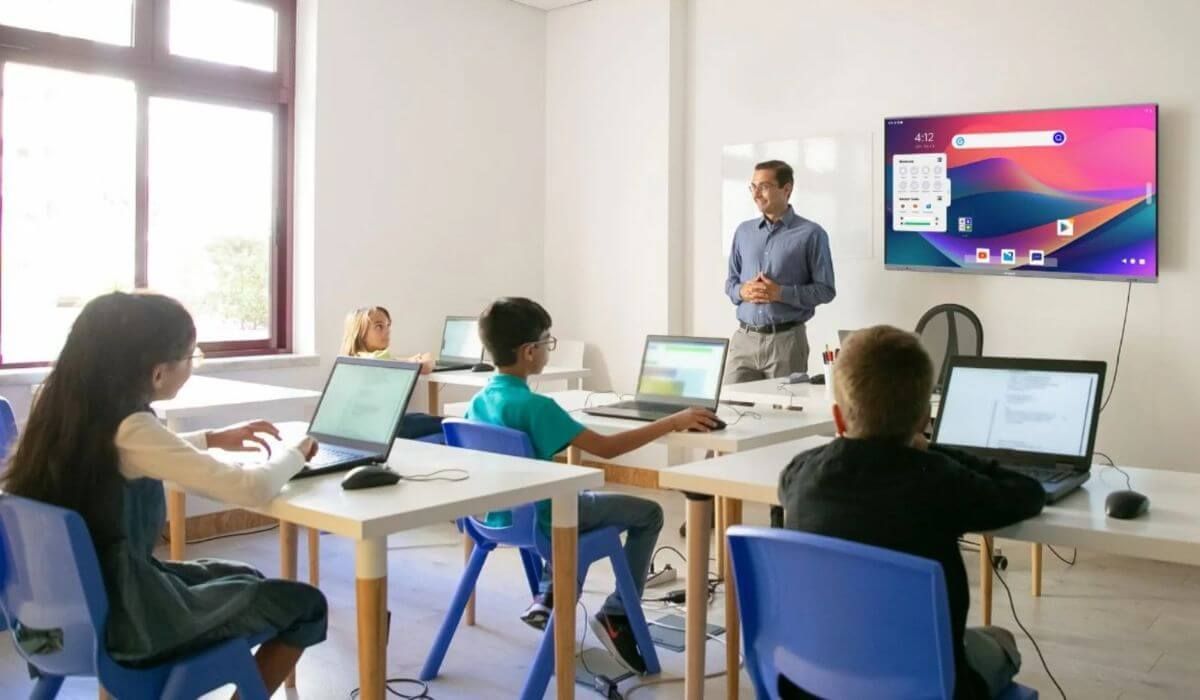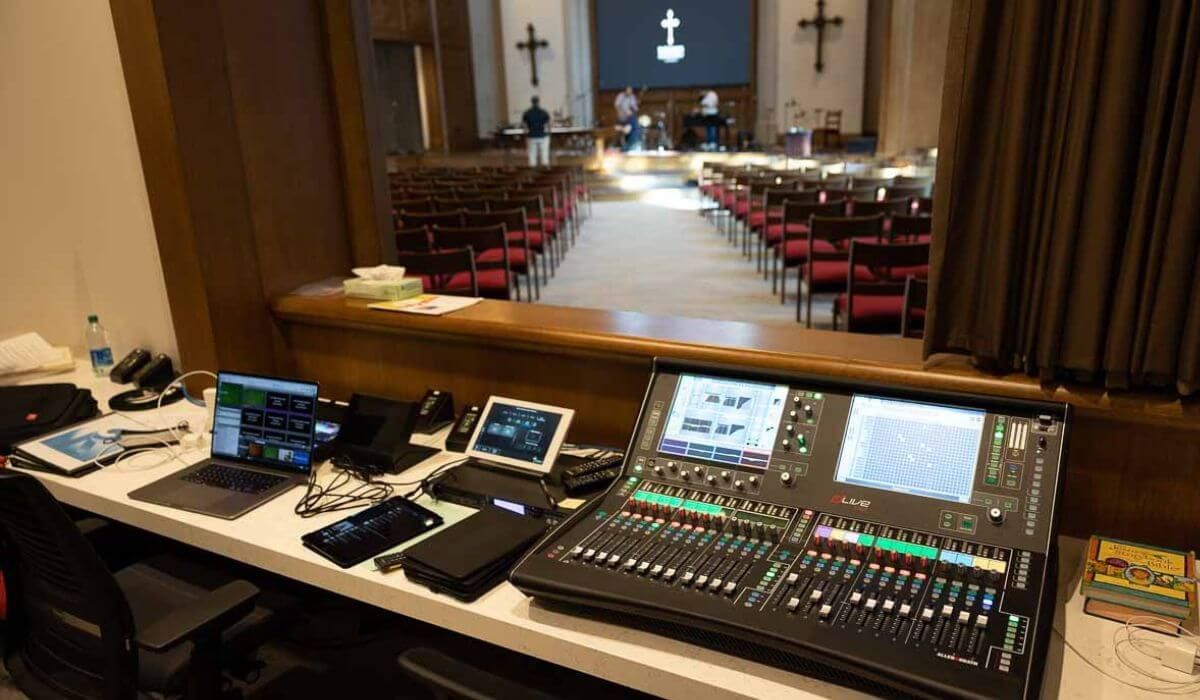Best Placement for Outdoor Security Cameras: How to Eliminate Blind Spots
Security cameras are one of the most effective deterrents against crime, but improper placement can leave dangerous blind spots. According to crime statistics in Australia, homes without visible security measures are more likely to be targeted by burglars. A poorly positioned camera may fail to capture key details, making it useless when you need it most.
To maximize security, homeowners and businesses must carefully plan their outdoor security camera installation, ensuring every vulnerable area is covered. This guide explores the best outdoor security cameras, ideal locations for installation, and strategies to eliminate blind spots.
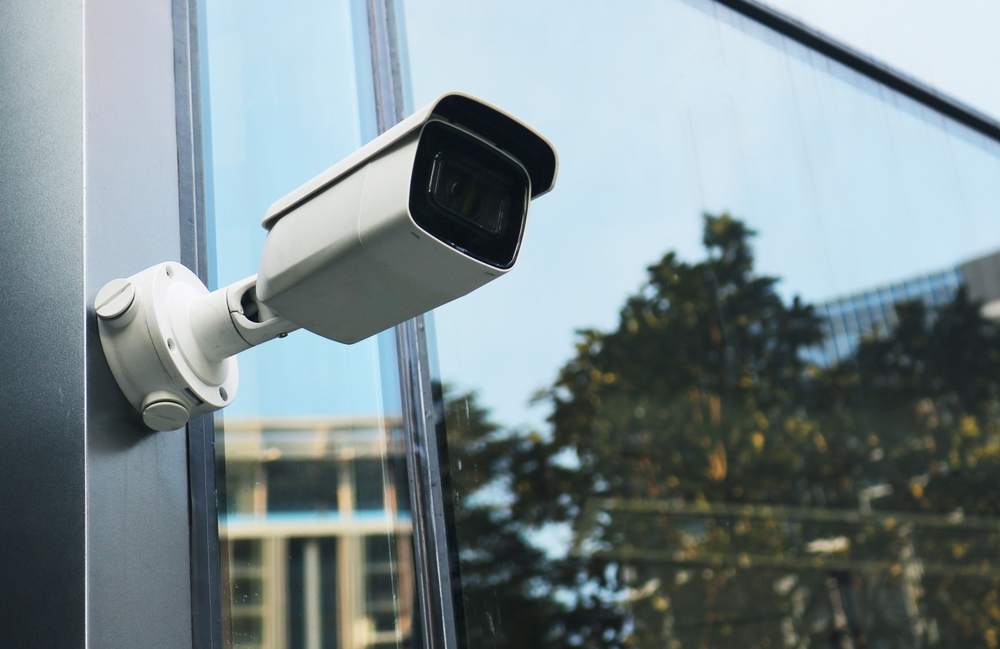
Why Camera Placement Matters in Outdoor Security
The Risks of Poor Camera Placement
A camera placed at the wrong angle or height can limit its field of view, missing crucial activity. Blind spots give intruders places to hide, reducing the effectiveness of your security system. If a camera is too low, it can be tampered with or obstructed by objects like tree branches or parked cars. Poor positioning also affects video quality, making it harder to identify faces, license plates, or suspicious movements.
Factors to Consider When Positioning Outdoor Security Cameras
Strategic placement ensures better surveillance and deterrence. Mounting cameras at a high vantage point prevents tampering while maintaining a wide view. Avoid direct sunlight or streetlights that can cause glare, reducing visibility. For weather protection, outdoor cameras should be waterproof and positioned under eaves or sheltered areas to prevent rain and debris from obscuring the lens.
Best Locations for Outdoor Security Cameras
Front Door & Entry Points
The front door is the most common entry point for burglars. Placing a camera at eye level captures clear facial images, helping with identification. Installing a wireless security camera system near the entry ensures real-time alerts when someone approaches, even if they don’t ring the doorbell.
For added protection, position the camera at an angle that covers both the entrance and the surrounding area. A tamper-proof mount or AI-powered security camera with motion detection can provide extra security by alerting homeowners to unusual activity.
Driveway & Garage
Vehicles are valuable targets for theft, making driveways and garages critical surveillance points. Cameras should be positioned to cover parked cars, garage doors, and any potential hiding spots. Motion detection is key in these areas, especially at night.
Using night vision security cameras ensures visibility even in complete darkness, capturing clear footage of any suspicious movement. To avoid false alarms, position the camera to exclude passing street traffic while still monitoring the driveway effectively.
Backyard & Side Entrances
These areas are often overlooked but provide easy access for intruders. Wide-angle cameras help cover large open spaces, while AI-powered cameras can distinguish between animals and real threats, reducing unnecessary alerts.
Since break-ins frequently happen at night, night vision is essential. Cameras should be mounted on sturdy surfaces to prevent tampering and should have a clear, unobstructed view of doors, windows, and potential entry points.
Perimeter & Fence Line
Monitoring the outer boundaries of your property provides early detection of suspicious activity. Wireless security camera systems are ideal for fence lines, as they allow flexibility in placement without the need for extensive wiring. AI-powered models can detect movement beyond the property, offering real-time alerts before an intruder reaches your home.
To maximize coverage, cameras should be installed at high points along the fence or exterior walls, ensuring they capture anyone attempting to climb or breach the boundary.
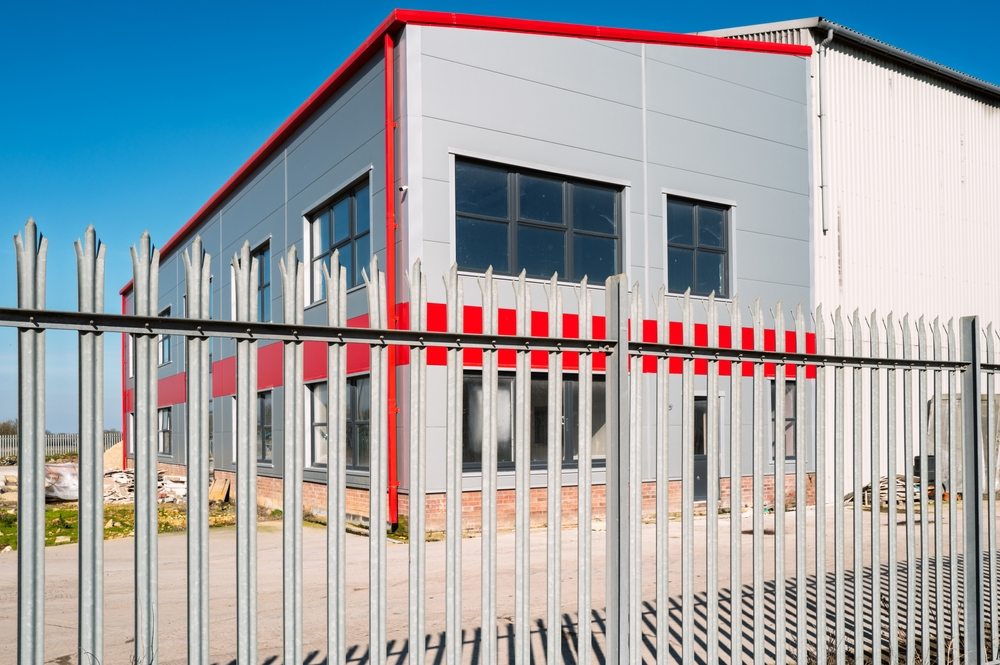
Eliminating Blind Spots: Pro Tips for Homeowners
Conducting a Security Assessment
Before installing cameras, walk around your property to identify weak points. Pay attention to areas with limited visibility and test camera angles before securing them in place. A simple test recording can help ensure the camera captures the right field of view without obstructions.
Using Multiple Cameras for Complete Coverage
No single camera can cover an entire property. A combination of wide-angle cameras for large areas and zoom-capable models for entry points provides layered security. Placing cameras at different heights and angles eliminates blind spots, ensuring full coverage of critical areas.
Integrating Smart Security Features
Modern security systems offer advanced features like AI motion detection, which filters out false alarms caused by pets or weather. Cloud storage and remote access allow homeowners to check footage from anywhere via their smartphone. Two-way audio also enables real-time communication with visitors or potential intruders, adding another layer of security.
Outdoor Security Camera Installation: DIY vs. Professional Setup
DIY Installation
Installing security cameras yourself can save money, but it requires technical knowledge. Improper placement can lead to blind spots, reducing effectiveness. Wireless cameras make DIY installation easier, but without proper setup, connectivity issues may arise.
Considerations:
- Technical Expertise: Installing security cameras requires a certain level of technical skill, including understanding wiring and network configurations.
- Time Investment: The installation process can be time-consuming, especially if you're unfamiliar with the equipment or encounter unforeseen challenges.
- Potential for Errors: Improper installation may lead to system inefficiencies, such as blind spots or connectivity issues.
Benefits of Professional Installation
Hiring experts for outdoor security camera installation ensures optimal placement and secure wiring. Professionals assess your property, recommend the best cameras, and configure settings for maximum coverage. Scavi specializes in professional installation, helping Australian homeowners secure their properties with best outdoor security cameras and tailored solutions.
Considerations:
- Higher Initial Costs: Professional installation involves labor fees, increasing the overall investment.
- Scheduling Coordination: You'll need to arrange appointments, which may not always align with your preferred timeline.
Making the Right Choice
Your decision between DIY and professional installation should consider factors such as your technical proficiency, budget constraints, and the complexity of the security system desired. For straightforward setups, DIY might be suitable. However, for comprehensive systems requiring intricate configurations, professional installation could be more appropriate.
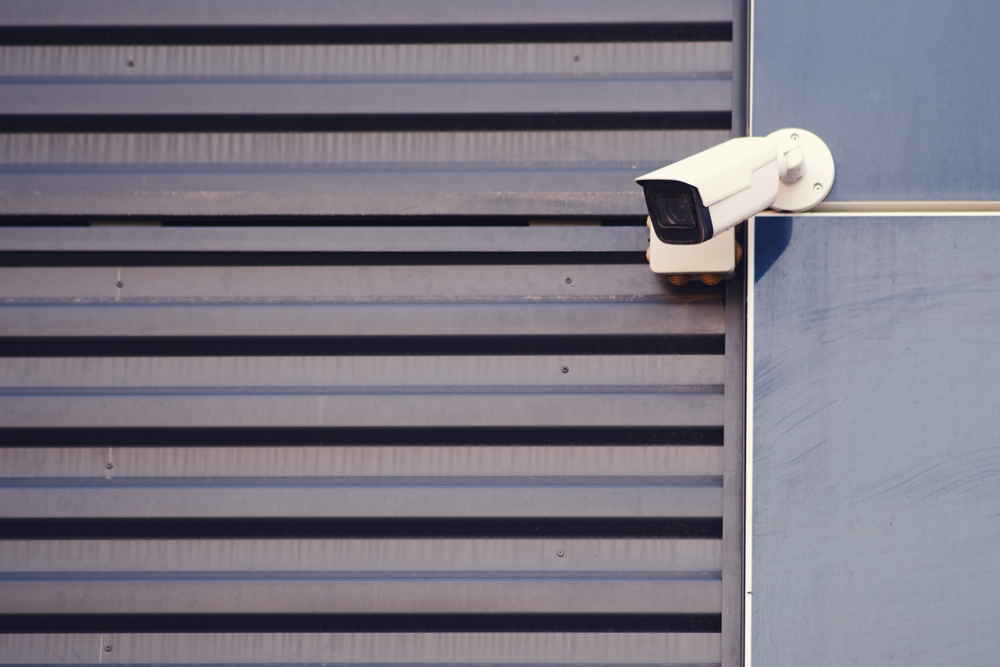
Conclusion
Proper outdoor security camera installation is essential for maximizing home protection. By strategically placing cameras at entry points, driveways, backyards, and fence lines, homeowners can eliminate blind spots and improve surveillance efficiency.
To ensure the best results, consider professional security camera installation. Scavi provides expert guidance and installation services in Australia, helping you secure your home with the latest wireless security camera systems, night vision security cameras, and AI-powered surveillance solutions.
📞 Contact Scavi today for a consultation and keep your property protected 24/7!

